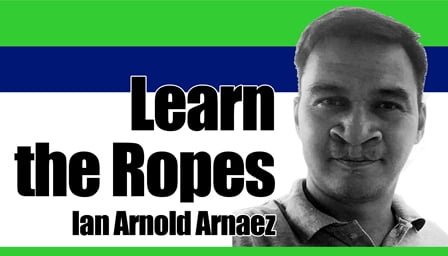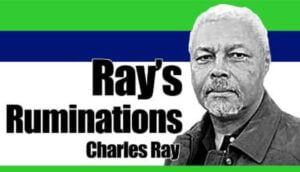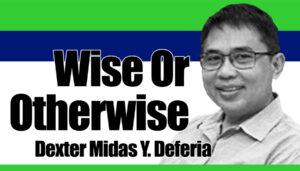“For the sake of all teachers, they may ask for the criteria or rubric they can use as a guide to ensure the accuracy and sensitivity of their content, whether for locally-made modules or test questionnaires.”

Since the opening of classes on Oct. 5, a lot of photos and videos about the printed modules have gone viral on social media. Some showed how learners study using this modality, others presented “not-so-nice” content, the recent of which involved a famous actress and a fast-food chain.
The majority of schools, especially in Negros Occidental, opted for printed modules because, for one, it is the favored choice of most learners as reflected in the survey conducted during the enrolment period. Also, not all have the gadgets needed for online learning or digital modules for remote learning. But most of all, internet connectivity is very poor in most areas in the province.
Preparing for the printed module modality was a big challenge for all schools. The content was not yet available at the start. It took several weeks before the Central Office downloaded them to the field. There was also the problem with the funds required to reproduce them. Resources were limited that many schools had to mobilize partners for them to have the much-needed materials like reams and reams of bond paper, printers, ink, and a lot more.
Time was also a great concern. Teachers were pressed to meet the deadline in time for the original schedule of the opening of the school year. Good thing that from Aug. 24, it was transferred to Oct. 5 giving them enough time to finish printing two-week worth of modules.
But the problems did not end there. Along the way, more issues came up, thanks to social media for putting them out in the light.
Inaccurate and discriminating content. Early on, some modules were questioned because of the accuracy of the information they contain. Recently, a photo of two test questions became the talk in different media. In between, God knows what other mistakes have been committed. I already lost track and have stopped counting.
DepEd Central Office has, for several times, explained its side on the issue. They have investigated it and found out that some of the erroneous modules were just credited to the agency, although not really of their own doing. Some modules, especially those for Kindergarten to Grade 3 which are localized, are produced either by the Regional Office or the Division Offices.
However, all modules undergo quality assurance to ensure their accuracy and truthfulness, but limitations to human nature always get in the way. But come to think of it, DepEd books created for months were subjected to criticisms in the past for the same reason. The modules being used now were done in just weeks.
The issue on discrimination went trending with the recent photos of two test questions about obesity and tattoo, possibly from a summative test in Health and Araling Panlipunan, I surmise. It is summative test period, by the way, when they came out. The former used the name of a famous actress, to make the question more relevant and relatable to the students, and associated her with obesity given her unhealthy lifestyle. The latter is a question that associated tattoo with bad behavior.
So unfortunate that at this time and age, there are still those who could think of such archaic concepts, and propagate them in the classroom.
Anyway, Deped has already clarified this and called the attention of the concerned schools division, which also issued a public apology immediately. Accordingly, an investigation has been done to get to the bottom of things.
Test questionnaires, whether for quiz, summative, periodical, or quarterly tests, are usually made by individual teachers, except for the standardized ones which are done by a pool of teacher-writers. Teacher-made tests, just like other test questionnaires, undergo validation for quality control. That’s why there are master teachers for this purpose. Unfortunately, there are things that we cannot account all the time. When this happens, then a problem arises.
For the sake of all teachers, they may ask for the criteria or rubric they can use as a guide to ensure the accuracy and sensitivity of their content, whether for locally-made modules or test questionnaires. They can ask this from their Learning Resource Management Division Head in their division office or their Learning Resource Coordinator in their school. Better yet, they ask for a refresher on this so that mistakes will be avoided in the future.
As for the tattoo issue, it’s hard to tell if the teacher who made the question is at fault or not, given that the photo only shows the question itself. Possibly, the question is part of a reading comprehension test wherein a story comes before the questions. Thus, all answers to the questions are anchored to the story. Nonetheless, teachers must be wary in using such kind of content because prying eyes are always on the lookout. – NWI
More on lessons learned from printed modules in the next issue.




